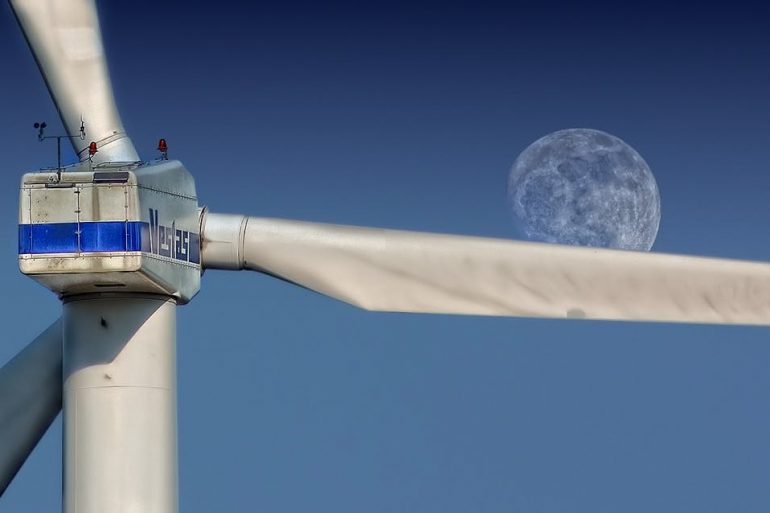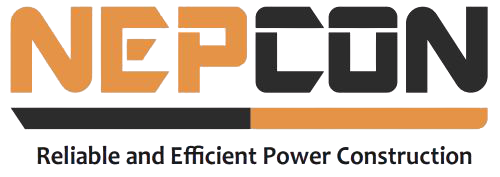
Wind turbine safety depends on effective risk management. Site managers and contractors should ensure that all wind turbine workers are properly informed, educated, and knowledgeable about the risks and hazards that may arise while performing their duties, particularly with regard to electrical hazards and the dangers of working with certain tools and materials.
Use Weather Monitoring Service
Lightning strikes are a natural target for wind turbine towers. A primary lightning discharge has a fast rising current that peaks at around 200,000 Amps and averages around 30,000 Amps over the course of its length. Even though the incident is finished in milliseconds, there is a significant risk of injury to employees and equipment damage. Managers can use online weather services to monitor radar and track storms, wind, and lightning for a more comprehensive view of approaching severe weather. Weather services frequently include weather maps in layers that allow personnel to view the weather data that is most relevant to their operations. This covers warnings, watches, and advisories issued by the National Weather Service.
Ladder Crane Falls Prevention
Wind turbines are such towering constructions, the possibility of falls and hit-byes is always a concern on these locations. Workers may be needed to climb ladders hundreds of feet in the air as part of their construction and maintenance operations. While most construction ladder falls occur at a height of 10 feet or less, fixed ladders within wind turbine towers stretch much further. Cranes and other lifting equipment are used to move extremely large machinery hundreds of feet into the air during wind turbine building. A climb assist, a device that connects the worker’s harness to a pulley system and a motor, is one approach.
Electrical rescue and Resuscitation Training
The laying of electrical cable in pits and trenches is likely to be a major task for wind farm laborers. Workers are at risk for manual handling injuries from moving cable drums and pulling the cabling itself, in addition to the usual trench and confined space hazards that occur during these operations. You can respond effectively to accident circumstances if you have provided suitable rescue methods and training to workers.
